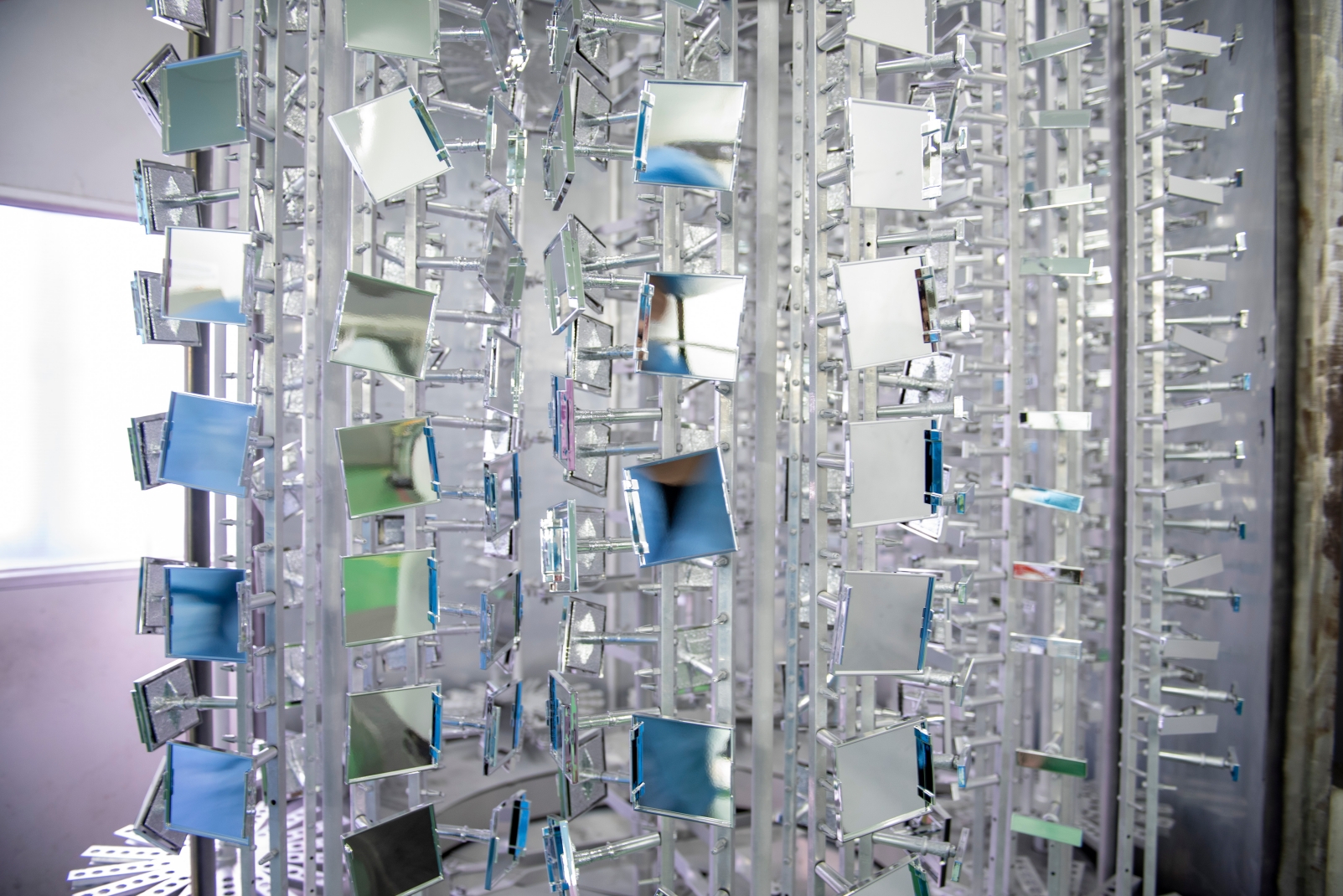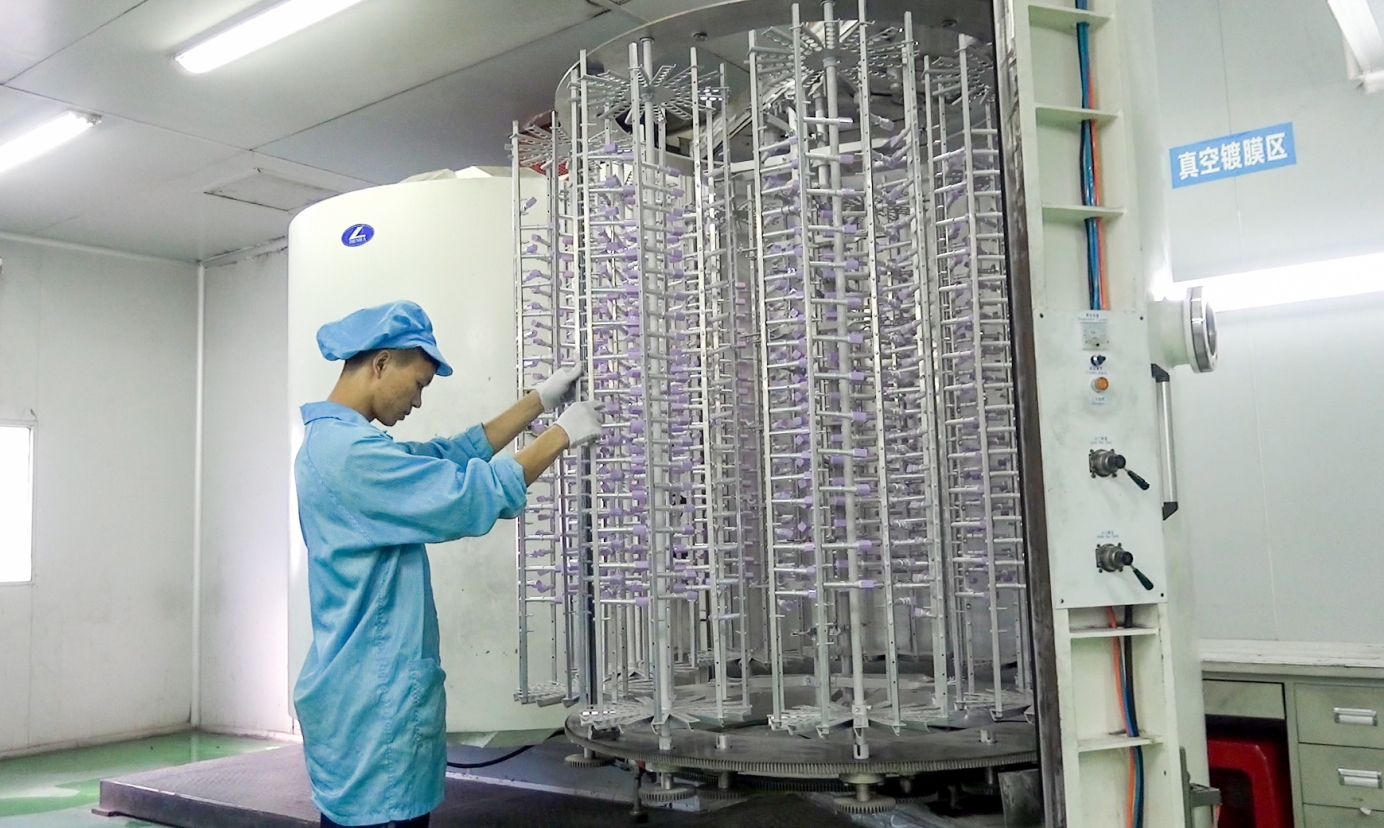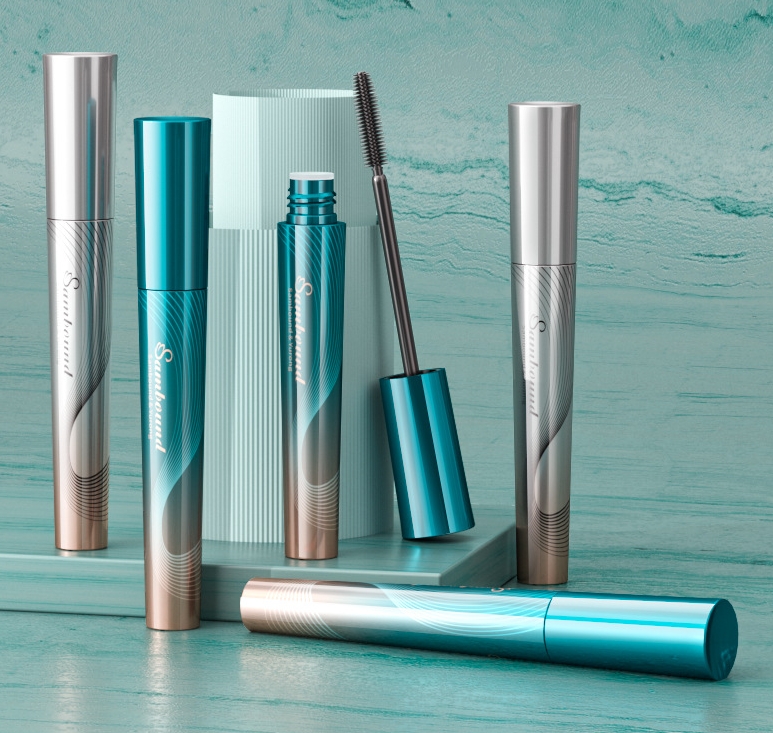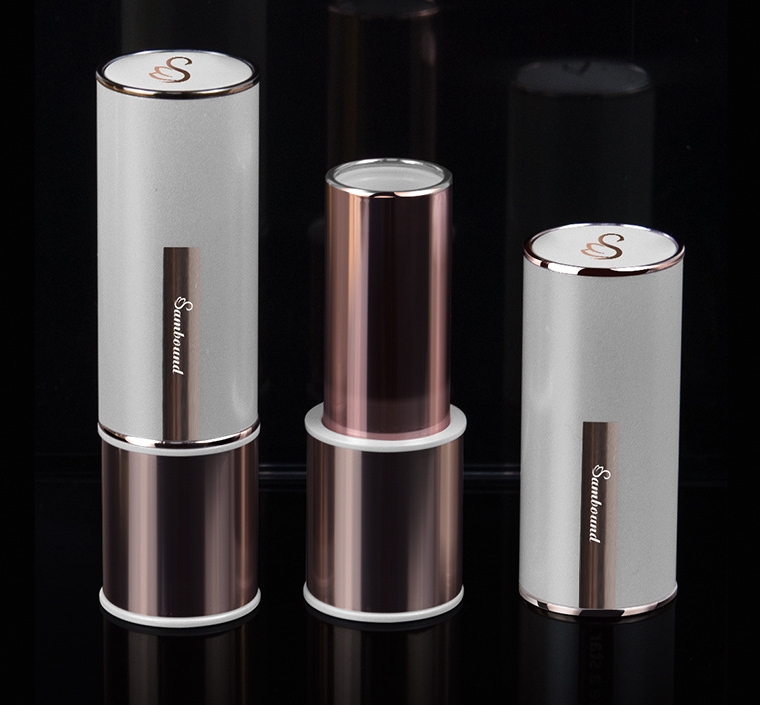The plastic electroplating process is widely used in numerous industries and is of great significance in enhancing product performance. However, issues such as adhesion, uniformity, and environmental protection and energy consumption are prominent in the electroplating process. This article will conduct an in-depth exploration of how to achieve innovative breakthroughs, aiming to promote the electroplating process towards green and sustainable development while ensuring quality and efficiency.

The materials of plastic and metal coatings are vastly different. The surface energy of plastic is low and chemically inert, while the metal coating is highly active. This difference leads to weak affinity between the two, posing challenges to the bonding force. For example, in the electroplating of automotive interior parts, poor adhesion may cause the coating to peel off, affecting the appearance and service life.
In the plastic electroplating process, enhancing adhesion is crucial. Among them, the use of primer plays a key role in strengthening the adhesion between plastic and metal coatings. The primer can improve the wettability of the plastic surface, enabling the electroplating solution to spread evenly. It has good compatibility with both plastic and the coating, enhancing adhesion through chemical bonding or physical adsorption.
Plasma Treatment
Generating plasma, its high-energy particles collide with the plastic surface, removing contaminants and the weak boundary layer, introducing polar functional groups, and increasing the surface energy and chemical bonding force. For example, after this treatment on the plastic lamp housing, the adhesion of the coating is enhanced, and the coating remains firm during long-term use.
Laser Treatment
A high-energy density laser beam heats and modifies the plastic surface, forming a concave-convex structure, increasing the roughness, changing the chemical composition, and enhancing the mechanical interlocking force and chemical bonding force. For example, after laser treatment and electroplating of the plastic gear, the coating is less likely to peel off when bearing mechanical loads, improving its service life and performance.
In the production of automotive interior electroplated parts, the adhesion of the coating in the original process was poor, and the coating peeled off during high-temperature and high-humidity environment tests. After introducing the composite process of primer and plasma treatment, the qualified rate increased from 70% to over 95%, significantly improving the product quality and competitiveness, proving the effectiveness of the technology in enhancing adhesion.

The uniformity of the electroplated layer is related to the aesthetics and functionality of the electroplated parts. In terms of appearance, it ensures consistent color and gloss, meeting high-quality requirements; in terms of function, for example, in the electromagnetic shielding parts of electronic devices, non-uniform coating will affect performance.
Current Density
Uneven current density causes the ion deposition to be faster and the coating to be thicker in areas with a strong electric field, and vice versa, affecting the uniformity. For example, when electroplating complex plastic workpieces, the convex parts and edges are prone to thicker coatings, while the concave parts are prone to thinner coatings.
Electroplating Time
The length of the electroplating time directly determines the thickness of the coating. Improper control of the electroplating time will affect the growth rate of the coating due to factors such as current distribution, resulting in inconsistent thickness. Excessive electroplating time exacerbates the non-uniformity, and too short electroplating time affects the functionality.
Electrolyte Temperature
The electrolyte temperature affects the ion diffusion and reaction rate. Uneven temperature will cause different reaction rates in different parts, destroying the uniformity of the coating, such as the impact of temperature differences in large electroplating tanks.
Pulse Electroplating
Periodically changing the current density, during the on period, rapid deposition occurs, and during the off period, ion diffusion is restored, reducing concentration polarization and precisely controlling the thickness. For example, after electroplating the plastic circuit board, the uniformity of the coating between the lines is improved.
Intelligent Electroplating System
Sensors monitor parameters in real-time, and the algorithm and control system adjust according to preset values. For example, when detecting abnormal current density, it automatically adjusts to ensure uniformity, such as in the electroplating of automotive parts, improving the quality stability and reducing the scrap rate.
A factory electroplated plastic shells. The thickness deviation of the coating in the traditional process was large (±5μm), affecting the appearance and electromagnetic shielding performance. After optimization with pulse electroplating and the intelligent electroplating system, the deviation was controlled within ±1μm, improving the appearance and increasing the electromagnetic shielding qualification rate from 80% to 98%, demonstrating the technical effect and contributing to the development of the industry.

Electroplating generates waste water (containing heavy metals, etc.), waste gas (acid mist, etc.), and waste residue (heavy metal precipitates, etc.), polluting water bodies, the atmosphere, and soil, endangering the ecosystem and human health, and the traditional process has high energy consumption.
Chemical Precipitation Method: Adding chemicals to precipitate and separate heavy metal ions. It is simple to operate and has low cost, but it produces a large amount of sludge and has poor removal effect on complexed heavy metal ions.
Membrane Separation Method: Using a semi-permeable membrane for separation. It has a good effect, produces pure effluent, and can recycle resources, but it requires a large investment, has high cost, and the membrane is prone to fouling and clogging.
Biological Treatment Method: Relying on microbial metabolism to remove harmful substances. It has low cost and no pollution, but it has a long cycle, high requirements, and unstable effect.
Cyanide-free Electroplating: Using non-toxic complexing agents to replace cyanide, reducing toxicity at the source, improving the environment and working conditions, and promoting the green development of the industry.
Trivalent Chromium Electroplating: It has low toxicity, reduces chromium pollution, and the coating has certain performance, but the thickness is limited and the process needs to be improved.
Low-energy Electroplating: For example, pulse electroplating reduces energy consumption, and optimizing equipment and parameters also saves energy, helping the sustainable development of the industry.
An enterprise originally had large environmental protection and energy consumption problems with the traditional process. Later, it introduced green technologies, such as cyanide-free trivalent chromium electroplating, and used a combined process of precipitation and membrane separation for waste water treatment, achieving discharge standards and water recycling. It also used low-energy technologies to reduce energy consumption by 30% and costs, becoming an example of the green transformation of the industry.

Through the analysis of the key technologies in the plastic electroplating process, it can be seen that innovative technologies are crucial for solving problems. In the future, it is expected that the plastic electroplating industry will continue to innovate and realize the greening of the electroplating process, jointly creating a beautiful prospect.

Dongguan Worldbound Plastic Products Co., Ltd. is affiliated with Worldbound Group. Its main products include molds, toys, electrical accessories, medical device accessories, household appliance accessories, electronic products, small household appliances, and pet supplies. It provides a complete set of solutions integrating product design, precision mold manufacturing, injection molding and assembly, and after-sales service for high-end brands. It has two 2000-meter-long vacuum electroplating lines and can conduct vacuum electroplating. People from all walks of life are welcome to consult and visit.
Copyright © 2023 :Worldbound Plasitc Products Co.Ltd